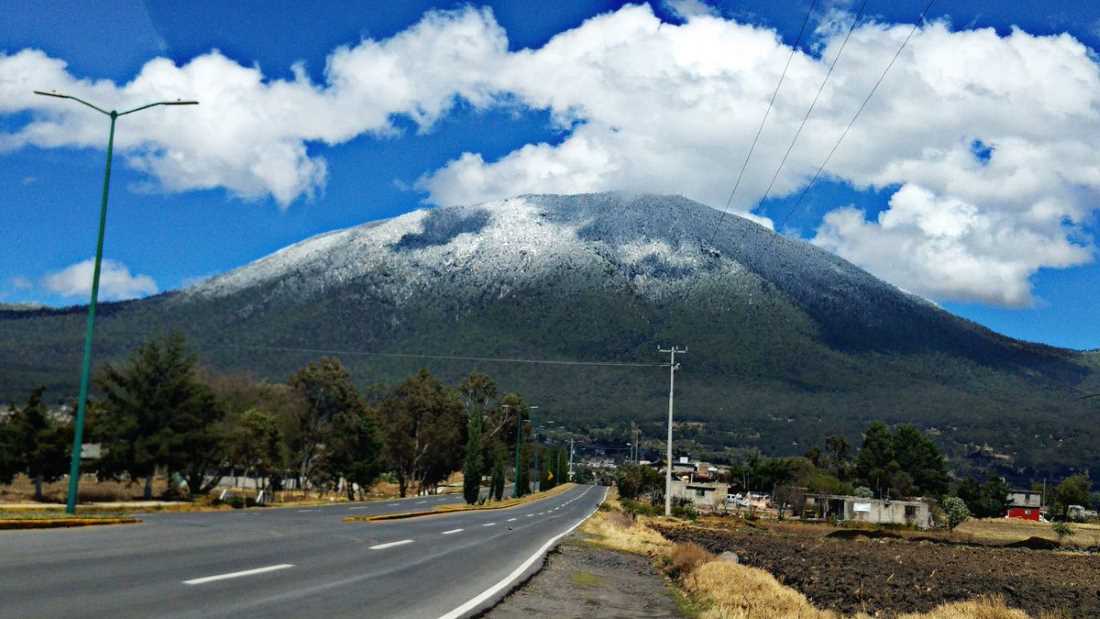Will Xocotépetl Awaken and Rewrite Mexico's Destiny?
Xocotépetl, Mexico's slumbering giant, holds secrets of fiery past and potential future eruptions. Its scars whisper of ancient avalanches and lost civilizations, while its restless heart threatens modern giants like Toluca and Mexico City.

Towering over the lush valleys of central Mexico, Xocotépetl, also known as Jocotitlán, stands as a silent sentinel, its weathered visage a testament to millennia of geological drama and cultural significance. This sacred peak, revered by the Mazahua people as Nguemore, the “Great Mountain,” has a history of fiery eruptions, colossal avalanches, and the rise and fall of ancient civilizations. Unveiling its secrets is not just a scientific pursuit, but a journey into the heart of Mexican history and identity.
At 3,920 meters, Xocotépetl's crown pierces the clouds, a majestic landmark visible for miles around. Its age remains shrouded in mystery, in the rustle of ancient lava flows and the echo of long-dormant magma chambers. Yet, its stony bones speak volumes. Andesitic and dacitic weave explosive eruptions and periods of slumber, a testament to the volatile nature's forces.




